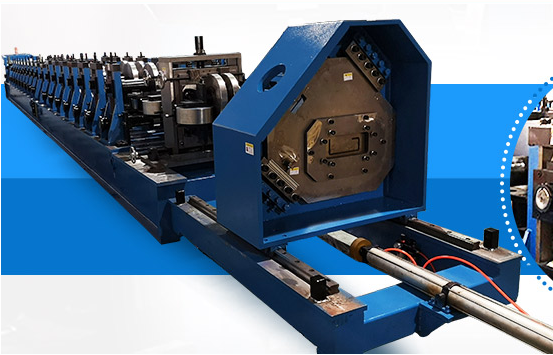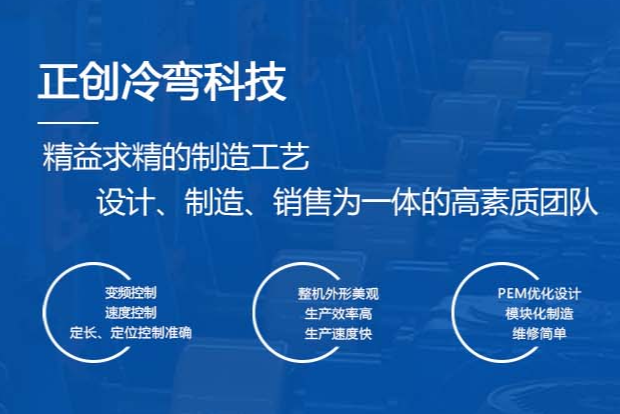Navigation Menu
Contact Us
- Email:
- info@wxavatar.com
- Address:
- Yurong Village, Yuqi Street, Huishan District, Wuxi, China.
Release Date:Oct 31, 2024 Visit:291 Source:Roll Forming Machine Factory
The automotive industry has always been at the forefront of technological advancements, striving to enhance production efficiency and part quality. One such innovation that has significantly impacted this sector is the evolution of cold forming machines. These machines leverage cold forging technology to deliver higher productivity, lower costs, and improved part integrity, all of which are crucial for modern automotive manufacturing.

Cold forging is a displacement process that involves plastically deforming a piece of raw material under high compressive force between a punch and a die. Unlike traditional machining processes that remove material to achieve the desired shape, cold forging forms the existing material into the required configuration in a single-pass operation. This distinction offers several significant advantages, particularly in high-volume production environments.
One of the primary benefits of cold forming machines is their ability to boost productivity. In automotive manufacturing, where high throughput is essential, cold forging excels due to its efficient single-pass forming process. This eliminates the need for multiple-pass operations, such as vertical, horizontal, and detail touch-up machining, which are common in traditional fabrication methods. As a result, companies can achieve higher throughput from their production lines, enhancing overall efficiency.
In addition to increased productivity, cold forming machines also contribute to lower material costs. By eliminating waste and maximizing material utilization, these machines help automotive manufacturers reduce their overall expenses. The precision of cold forging also results in superior part integrity and strength, which is critical for the safety and performance of automotive components.
Furthermore, cold forming machines offer enhanced appearance and surface finishing. The formed parts have a smooth, consistent finish that requires minimal post-machining, if any. This not only reduces labor costs but also improves the aesthetic appeal of the final product.
Cold forging technology is applicable to a wide variety of parts that require high-volume production and critical strength parameters. In the automotive industry, this includes components such as gears, shafts, fasteners, and other critical hardware. The versatility of cold forming machines allows manufacturers to produce a wide range of parts with consistent quality and precision.
When considering cold forming machines, it is essential to keep in mind several key factors. These include the type of die used (open or close forging), material compatibility, and the specific application requirements. Open forging allows material to escape after the cavity is filled, resulting in lower stress and load but may require some post-machining. Close forging, on the other hand, eliminates the need for post-machining by ensuring that the die cavity volume is exactly the same as the material volume. However, it may result in higher stress and load, and damage to the die if excess material is used.

In conclusion, cold forming machine innovations have significantly boosted automotive production efficiency. By leveraging cold forging technology, automotive manufacturers can achieve higher productivity, lower costs, and improved part integrity. These advancements not only enhance the competitiveness of automotive manufacturers but also contribute to the overall progress of the industry. As technological innovations continue to evolve, cold forming machines will play an increasingly important role in shaping the future of automotive manufacturing.